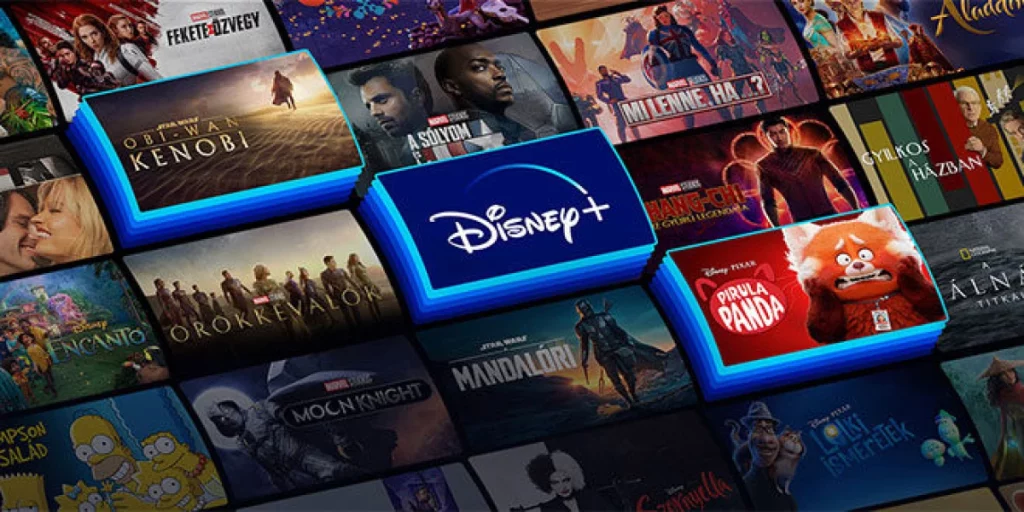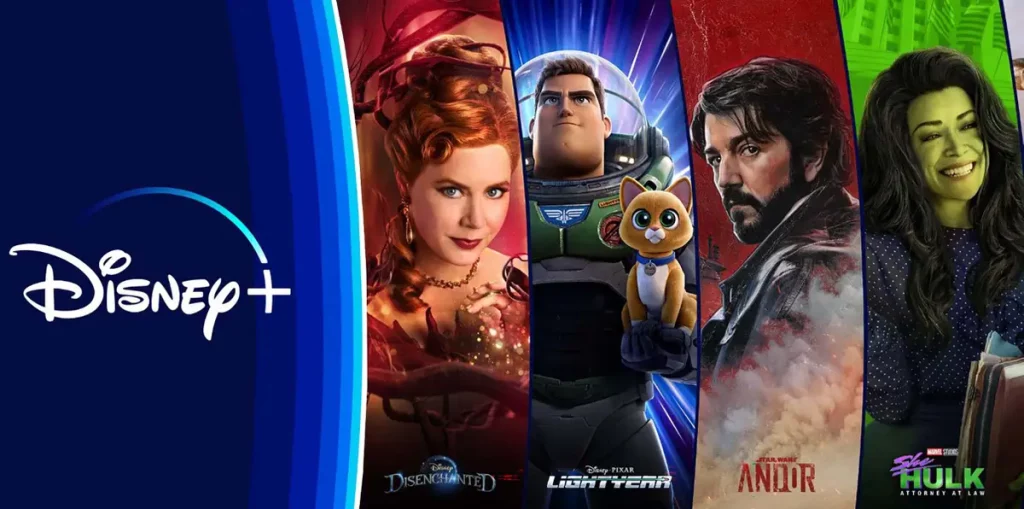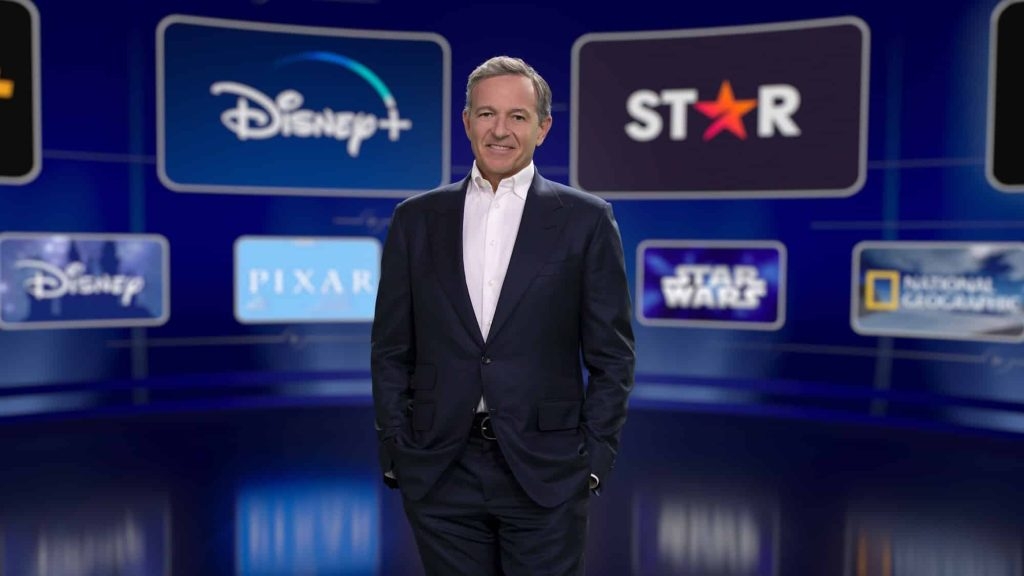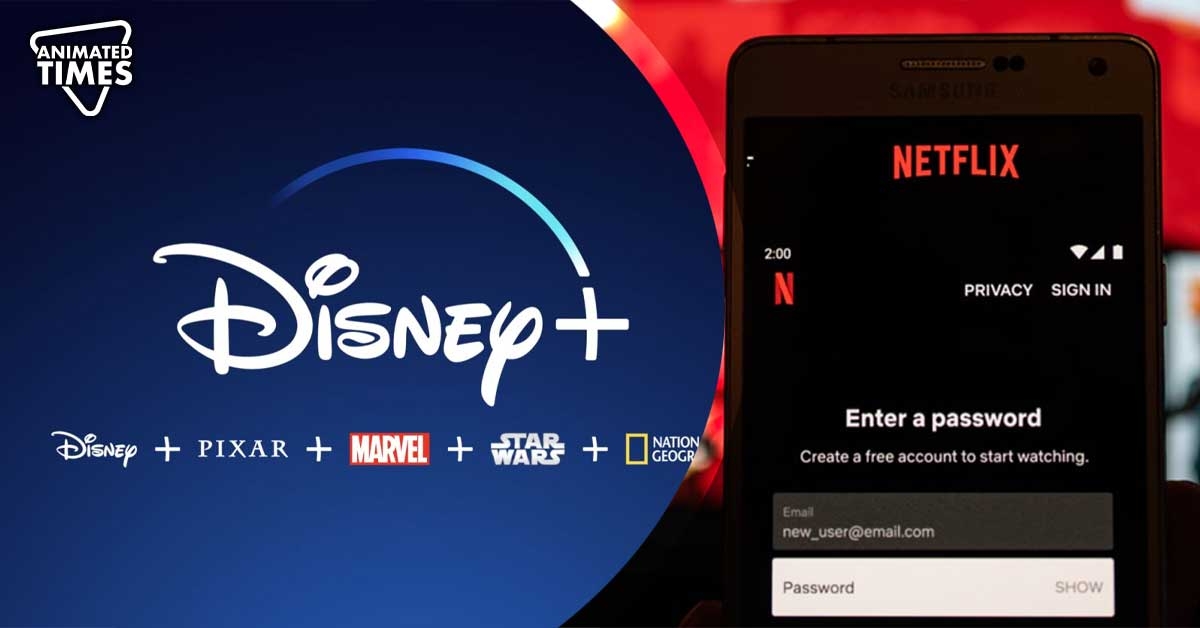Disney Shamelessly Follows Netflix in Idiotic Password Crackdown Scheme Despite Producing String of Forgettable Content With Humongous Budget
In the dynamic landscape of streaming services, recent developments have sparked conversations about user access and content quality. A controversial move by Disney to emulate Netflix’s approach to password sharing has raised eyebrows and drawn criticism.

This decision, viewed by some as a brazen imitation, has invited scrutiny not only for its potential impact on user experience but also for its alignment with a series of lackluster content releases. As industry giants prioritize user engagement and fiscal success, a closer examination reveals complex layers of strategy, reception, and creative execution.
Disney’s Password Crackdown Amidst Content Quality Controversy

Subscribers are now facing an unfortunate update as Disney appears to be embarking on a path reminiscent of Netflix’s past decisions. Disney is considering policy changes regarding password sharing, echoing a move that once caused a significant stir within the streaming community when Netflix undertook similar measures. This development evokes memories of the widespread uproar that accompanied Netflix’s initial announcement about banning password sharing, a stance that stood in stark contrast to its earlier stance of promoting such practices. It appears that Disney is set to follow a similar path. According to CEO Bob Iger, the company is planning to implement a password crackdown starting in early 2024.
“We are actively exploring ways to address account sharing and the best options for paying subscribers to share their accounts with friends and family”.
“Later this year, we will begin to update our subscriber agreements with additional terms on our sharing policies, and we will roll out tactics to drive monetization sometime in 2024.”
During Disney’s quarterly earnings call on August 9th, Iger made the announcement. Presently, the subscriber agreements for Disney+, ESPN+, and Hulu contain a reference to password sharing, stipulating that customers are prohibited from “sharing your login credentials with third parties.” However, the agreements currently do not explicitly address whether it’s permissible to allow friends or family members who reside outside the same household to access the accounts.
CEO Bob Iger’s Insights on the Analyst’s Query

Also Read: A New Sentry is Coming to Marvel Amidst Steven Yeun Casting in MCU’s Thunderbolts Movie
Bob Iger’s statement implies that Disney is adopting a strategy reminiscent of Netflix’s playbook, focusing on users who engage in password sharing to transition them into active paying subscribers. The aim here is to potentially bolster revenue streams and secure ongoing financial backing from those who are currently enjoying the service. When posed with an analyst’s inquiry regarding the extent of password sharing across Disney+ and its related services, Iger chose not to delve into precise details during his response.
“I’m not going to give you a specific number, except to say that it’s significant.“What we don’t know, of course, is as we get to work on this, how much of the password sharing as we basically eliminate it will convert to growth in subs. Obviously, we believe there will be some, but we’re not speculating.”
“What we are saying, though, is that in calendar ’24, we’re going to get at this issue. And so while it is likely you’ll see some impact in calendar ’24, it’s possible that we won’t be complete or the work will not be completed within the calendar year. But we certainly have established this as a real priority. And we actually think that there’s an opportunity here to help us grow our business.”
In the quarter concluding on July 1st, Disney+ experienced a modest growth of 800,000 subscribers, indicating a sequential increase of 1%, resulting in a total of 105.7 million subscribers (excluding Disney+ Hotstar, which witnessed a 24% decrease in subscriptions following Disney’s loss of IPL cricket rights). In the U.S. and Canada, Disney+ saw a decrease of about 300,000 customers, bringing the total to 46.0 million.
Source: ScreenRant





